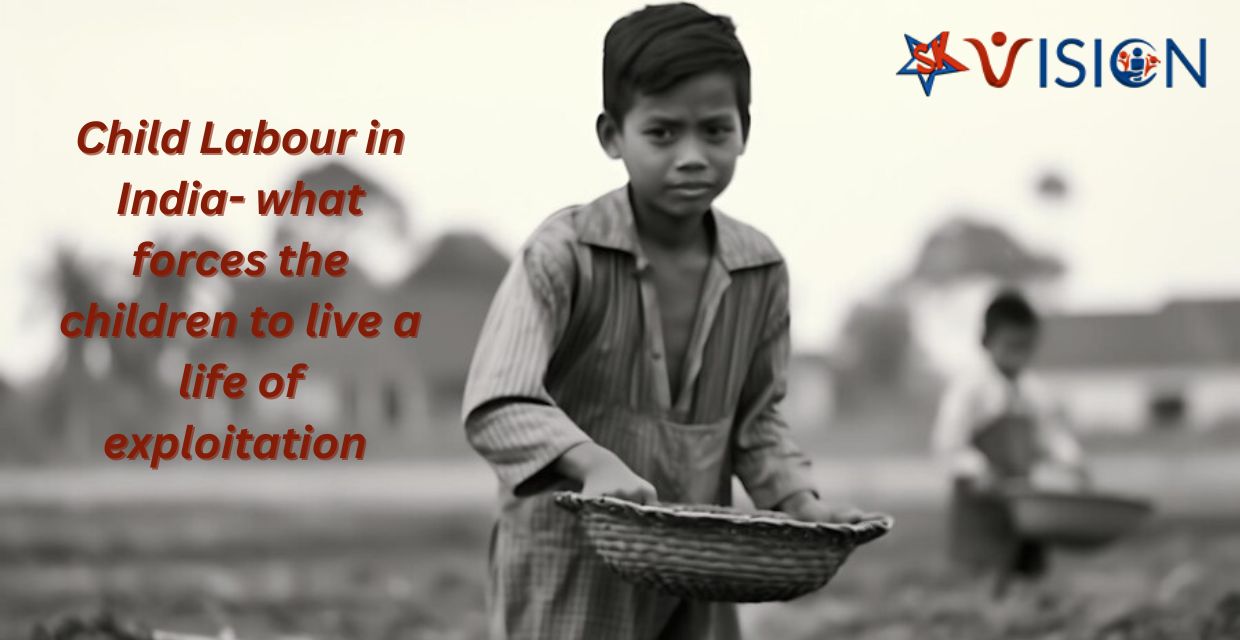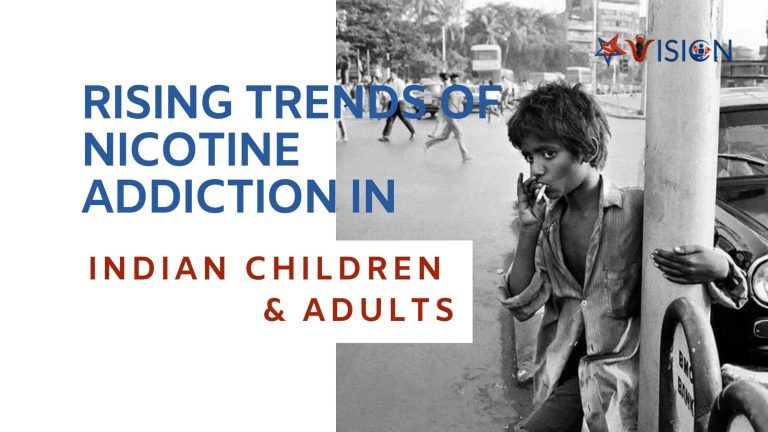Work that does not exploit children physically, mentally, or psychologically and is not harmful in any way, is not considered child labour.
According to child labour data, 331 children were saved in 2020–21 from child labour, compared to 202 children who were rescued in the last three years. Child labour is a kind of child exploitation that is defined as work that harms children mentally and physically and also deprives them of their childhood, potential, and dignity.
Activities like helping out at a family company or working after school and on the weekends to earn pocket money support their development and the welfare of their families. This type of work gives kids experience and skills and helps get them ready to become contributing adults in the community.
Causes of Child Labour:
According to the Child Labour Act 1986, children are not allowed to work with any resources, including domestic help, unless they are employed in harmless jobs to help their own families. In India, the reason for child labour can be described as this.
Poverty :
In India, it is one of the biggest reasons for children getting into work. Because of poverty, parents are compelled to send their children to work so that they can earn some money. Parents do not even provide necessities like food, shelter, and clothes, Because of this, they are helpless to send their children to earn money.
Lack of education :
Lack of education is also one of the reasons why children become hampered. If parents in the family are not educated, they are generally not able to understand the importance of education for their children. The importance of girls’ education, which is generally ignored by families, should also be understood by parents so that they can also become role models for society. When children are restricted to higher education, they are likely to enter the workforce at an early age.

Lack of awareness of child labour :
Because parents don’t understand the impact of child labour on children they, send their children to work. They have to realise that child labour puts tremendous pressure on a child’s mental, physical, and emotional health.
Gender discrimination :
Gender differentiation is also one of the reasons for child labour.
Generally, the ratio of boys are more likely to be involved in child labour than girls. Because girls might face some risk, their number is less, but they are involved in domestic work which is always under reported.
Being Orphan :
Children who become orphans get involved in child labour to fulfil their daily needs. The government has been focused on educating these orphan kids so that they can avoid working at a young age.
Basic rights of children :
The Child Labour (Prohibition and Regulation) Act (CLPR Act) was passed in 1986. According to child labour act the minimum age bar to work for children is 14 years. Children under 14 years of age should complete their school and education.
Preventing child labour and maintaining the growth and well-being of children are essential ways to protect their rights.
How to stop child labour :
To stop child labour, there are some points which can be taken care of to remove or reduce child labour .
Spreading awareness about the consequences of child labour. :-
Absence of awareness is one of the reasons for child labour. It usually happens that illiterate parents’ children become child labour because of unawareness of the consequences of it. It is extremely important for parents to be aware of children’s rights in India also aware of why education is important for children.
Aware about the schemes and Government Policies:
There are many schemes launched by the government to stop child labour like –
- Government legislative action plan
- Coverage Strategy of Ministry of labour eradication
- Action plan for welfare
- By executing these plans, the government tries to reduce child labour, but for this, the govt also needs parents’ support to understand the children’s betterment.
Educate parents :
To stop child labour, it is very important to educate the parents of child labourers . If parents get education, they understand the value of education and teach children things which are important for their betterment. Education makes one to think, understand and execute things which are important for them.
Convert children towards school:
Getting education is the fundamental right of every child. The government has launched many free education schemes to provide education to the underprivileged. Govt has also issued schemes for girl child education to encourage them too to study. Like –
- Sarva Siksha Abhyan
- Mid-day Meal
- Beti Bachao Beti Padhao etc.
This is a good solution to end child labour. Parents who are unable to pay school fees can provide education for their children through this kind of scheme.
Types of child labour in India
There are many ways to involve children in work in India. We see different types of child labour.

Domestic Child Labour:
Domestic environments are common places for child labour, especially for the girl children who do household tasks. In some cases, this kind of exploitation exposes children not only to low compensation and extended work hours, but also to emotional and physical abuse within their families.
Street Child labour:
Children who live in the streets are often forced to do some work like rag picking, shoe polishing, begging etc. Roadside eateries are also an example of exploitation of child labour. Sometime because of bad company children get involve in addiction too.
Agricultural labour :
Many children are working in the fields and doing agricultural tasks. These kids work in unsafe environments with potentially harmful equipment and are often dealing with pesticides in difficult situations.
Bonded Child Labour :
Child labour refers to child employment which helps their family pay off debts, loans or social responsibilities.
Industries and manufacturing unit child labour:
Children are exploited in the manufacturing and industrial sectors, where they work in brick kilns and clothing factories, among other places. Due to the hazardous conditions in these environments, children who do these kinds of tasks face the risk of harming their health and well-being.
Conclusion
Ensuring long-term sustainable development, improving social justice, and protecting children’s well-being , all depend on solving child labour. Effective policies to reduce poverty, promote education, and strictly enforce the laws prohibiting child labour should be the main focus of efforts




